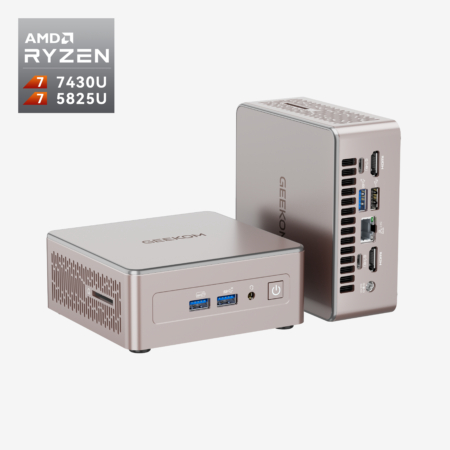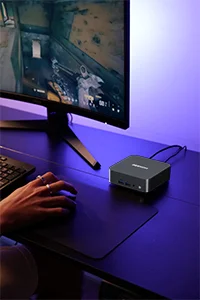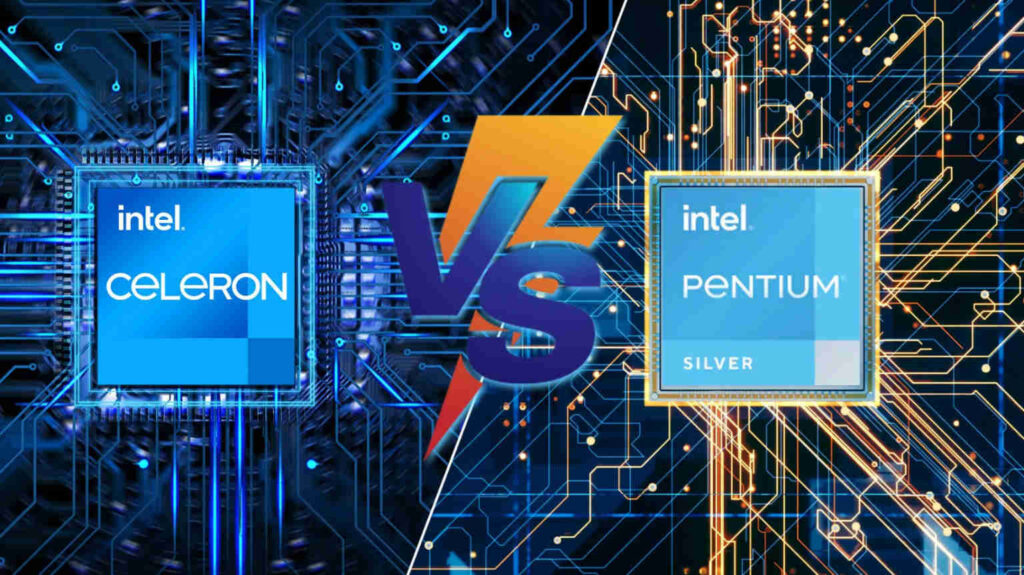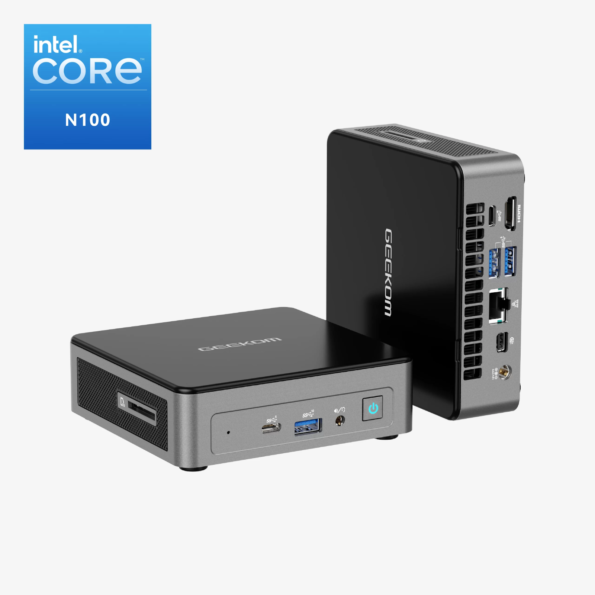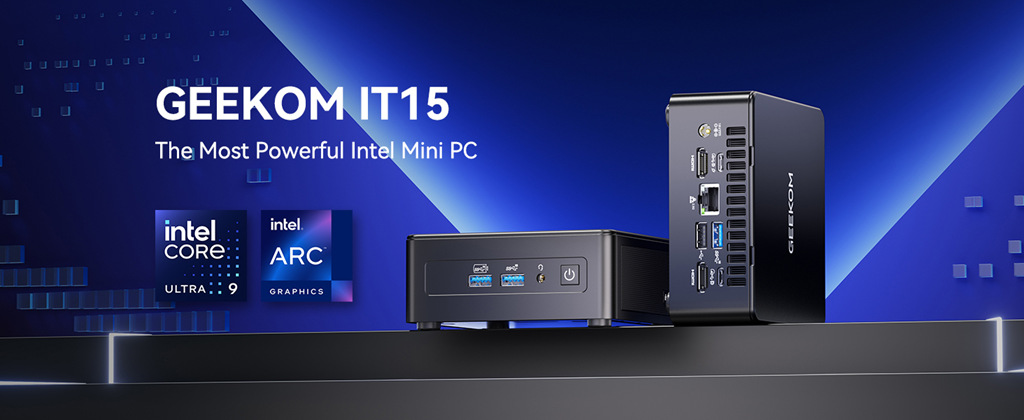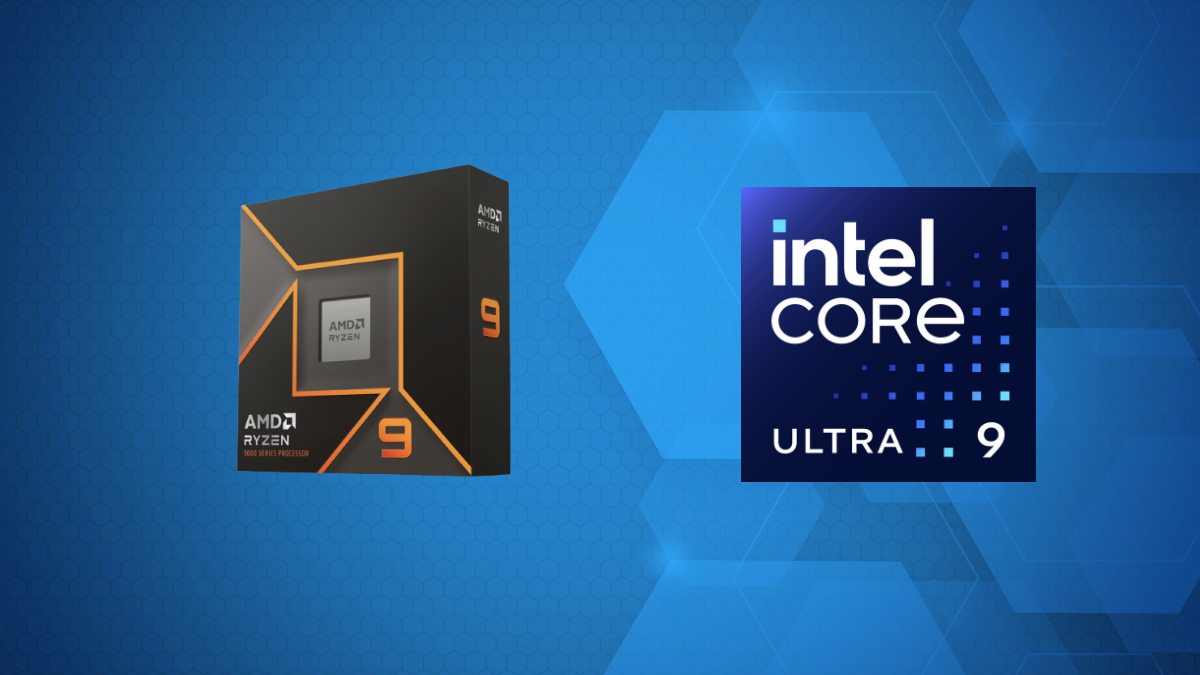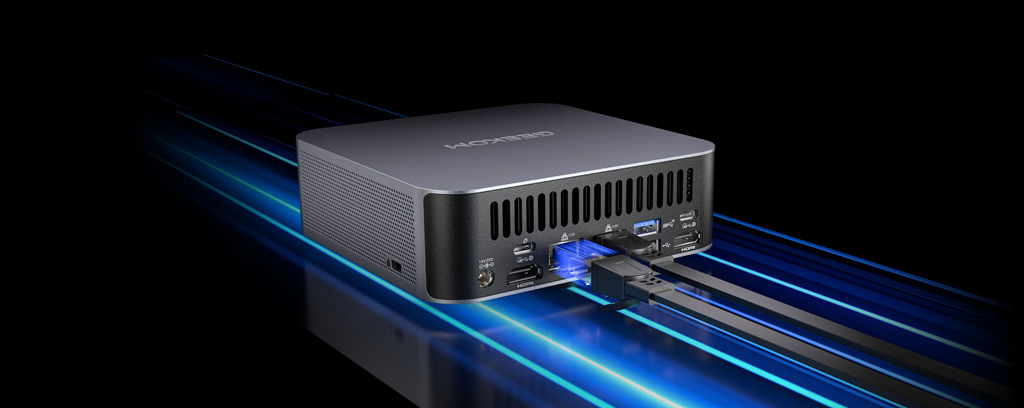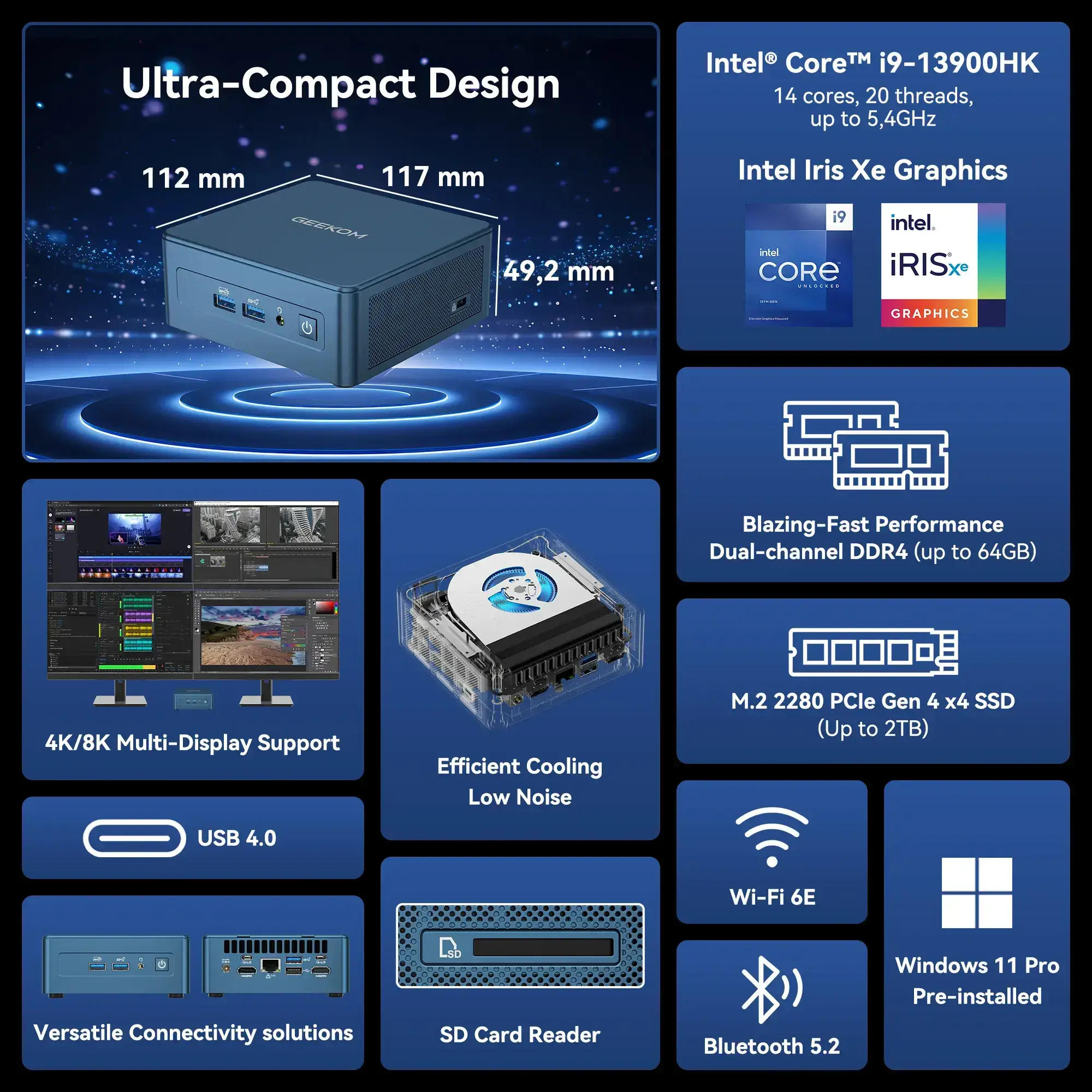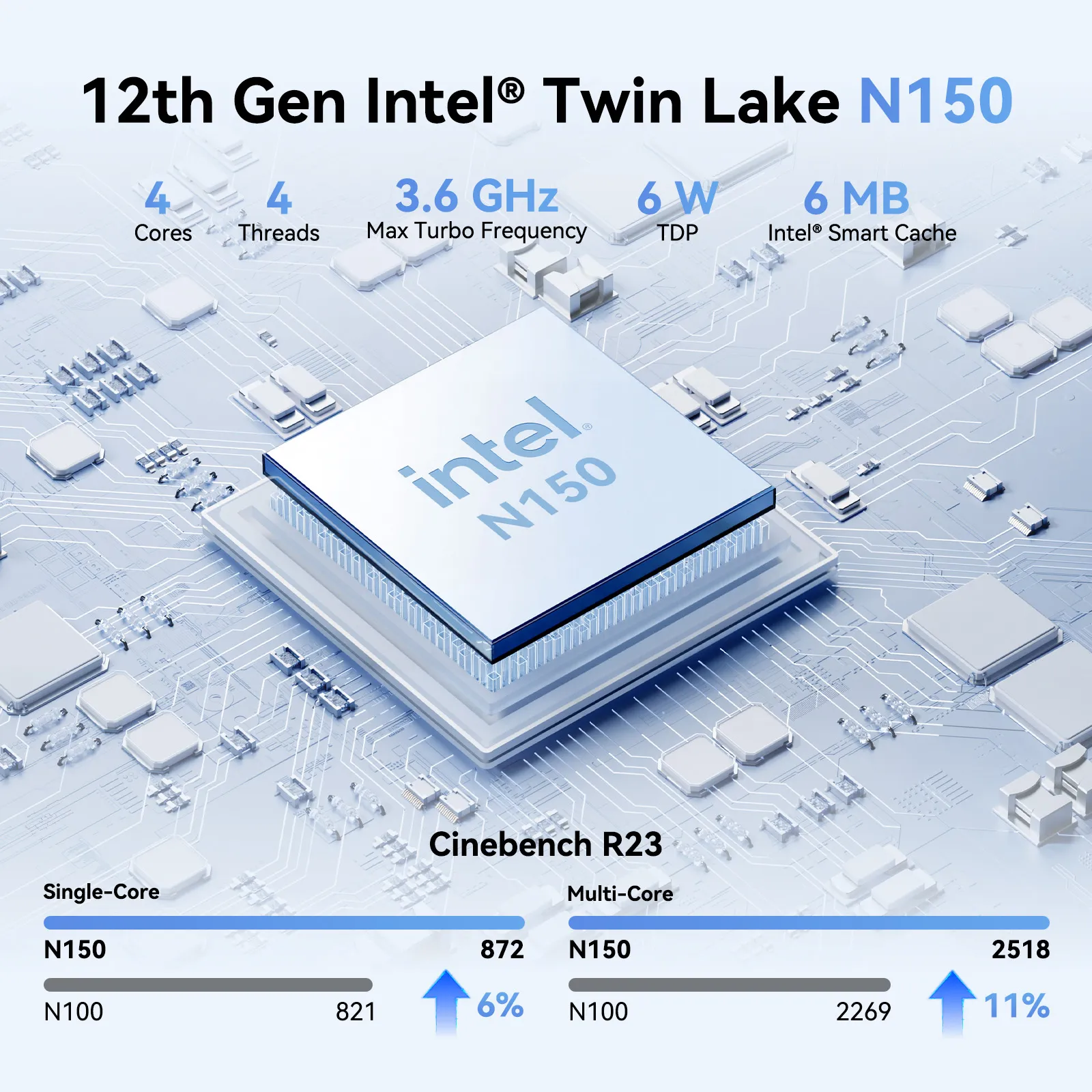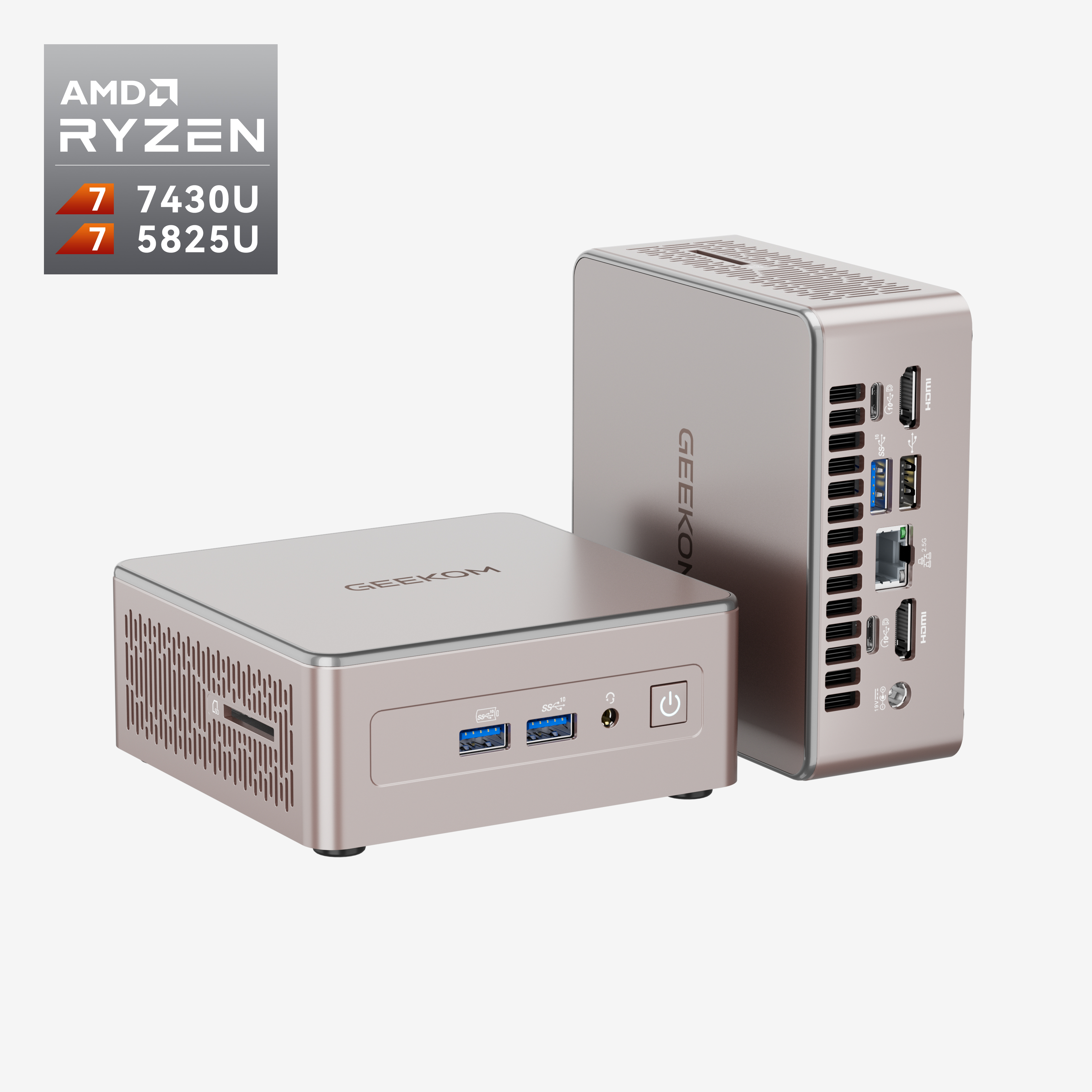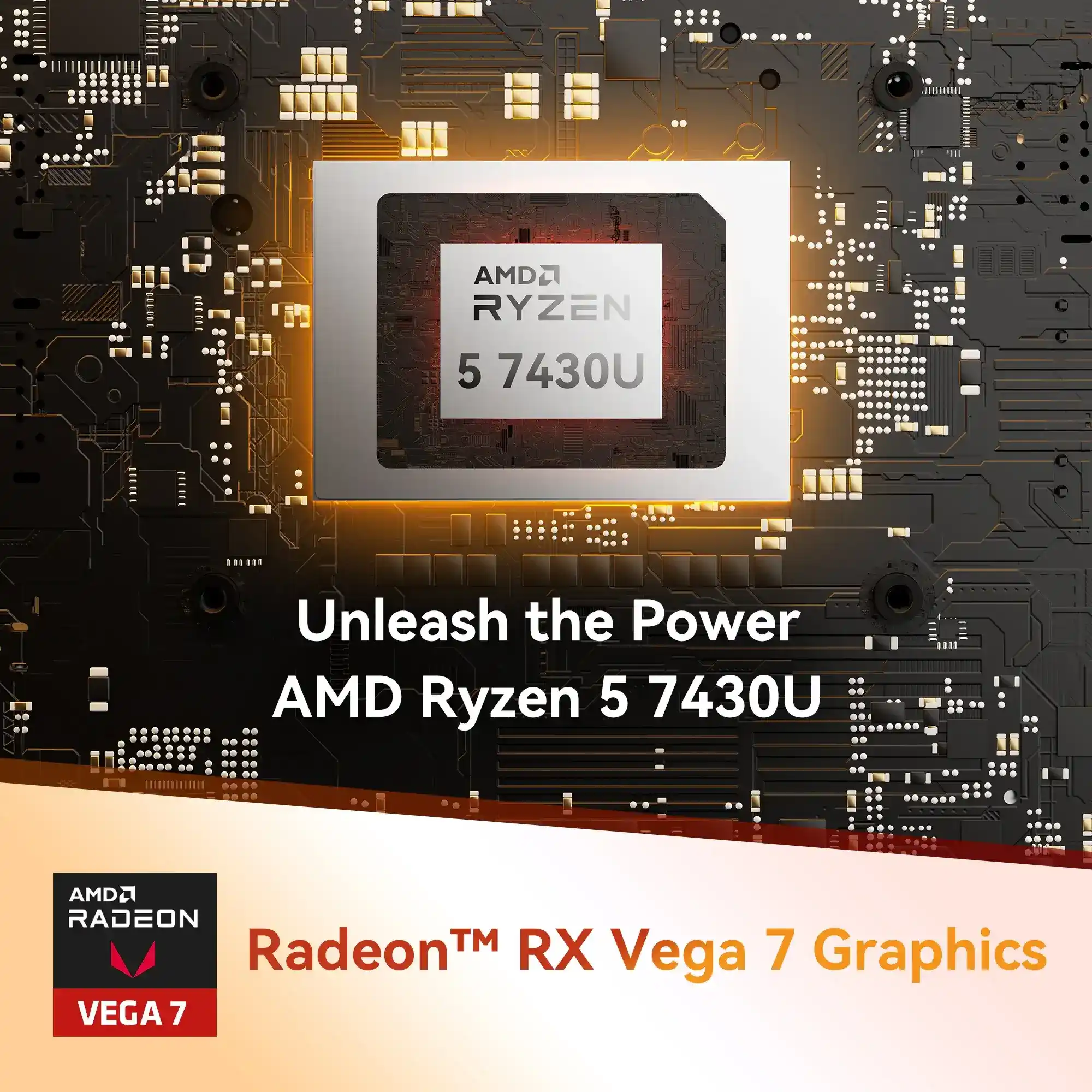If you are thinking about buying a budget mini PC, laptop, or desktop for yourself, then what you need to consider the most is the CPU. A good CPU will have a large cache memory along with a built-in GPU that will be sufficient for your day-to-day work and very lightweight gaming.
In this context, the two most popular choices in this market are the Intel Celeron N5095 and the Intel Pentium Silver N6000. Both CPUs offer good value for money and are designed for users who need basic computing tasks done efficiently.
So, Intel Celeron N5095 Vs Intel Pentium Silver N6000 is more suitable for your needs?
Let’s check it out!
What are Intel Pentium and Intel Celeron CPUs?
Intel Pentium:
The Intel Pentium is a microprocessor used in various computers since it was first released in 1993. We have seen it evolve from x86 to IA-64 architecture in newer models and it is known for its performance and power efficiency.
Commonly found in desktops, laptops, and servers. As this range of processors offers budget-friendly options, it has become one of the most popular microprocessors alongside AMD Ryzen, Intel Core, and Qualcomm Snapdragon.
Intel Celeron:
The Intel Celeron is also a budget-friendly line of processors designed by Intel. They are slower than Intel’s Core series, but they become much more affordable compared to the Core series, which is why we can see Celeron processors getting used in budget laptops and desktops, laptops, and mini-PCs.
They were first introduced in 1998 and were based on Pentium architecture until 2007. But the latest models use Intel’s 14nm process and offer clock speeds up to 2.4GHz.
Due to their smaller cache size and lack of certain technologies, they offer lower performance than core processors.
However, they are well equipped with enough processing power for basic tasks like web browsing and email.
Intel Celeron N5095 Vs Intel Pentium Silver N6000 Overview
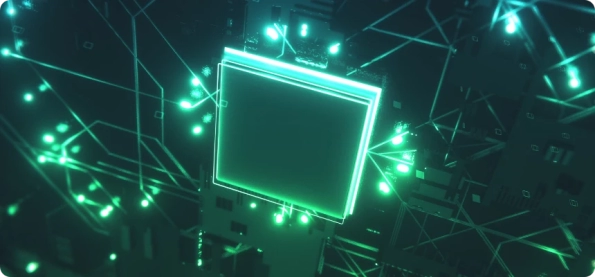
Intel Celeron N5095:
The Intel Celeron N5095 is part of the Jasper Lake family of processors, which was first introduced in the first quarter of 2021.
The CPU was designed for low-power, cost-effective devices, making it very suitable for budget laptops and mini PCs. Built on Intel’s 10nm process, this CPU features four cores with a base frequency of 2.0 GHz and a boost frequency of up to 2.9 GHz.
Additionally, it comes with 4 MB of L3 cache and an integrated Intel UHD Graphics GPU for handling light media consumption and display output up to 4K resolution.
The N5095 supports up to 16GB of DDR4 or LPDDR4x RAM at 2933 MHz. In terms of power consumption, it has a TDP rating of 15W, which makes it ideal for everyday use on laptops and entry-level desktops for tasks like web browsing, document editing, and media playback.
Intel Pentium Silver N6000:
The Intel Pentium Silver N6000 also belongs to the Jasper Lake family and was released around the same time as the Celeron N5095.
Like the N5095, it’s also built on Intel’s 10nm process. It also features four CPU cores with a base frequency of 1.1GHz and a boost of up to 3.3GHz for single-core tasks.
Additionally, it features 4 MB of L3 cache and 32 execution units with Intel UHD Graphics. The GPU clock ranges from 350 MHz to 850 MHz.
The N6000 supports both DDR4 and LPDDR4x memory with a maximum capacity of 16 GB and speeds up to 2933 MHz. As the CPU is a budget-friendly CPU, it’s not designed for high-performance tasks.
This energy-efficient processor is a suitable option for everyday computing like web browsing, office applications, and media consumption.
What is the difference between the Intel Celeron N5095 and the Intel Pentium Silver N6000?
| Specification | Celeron N5095 | Pentium Silver N6000 |
| Core Count | Tremont | Tremont |
| Base Frequency | 2.0 GHz | 1.1 GHz |
| Boost Frequency | 2.9 GHz | 3.3 GHz |
| Cores / Threads | 4 / 4 | 4 / 4 |
| Cache | 4 MB | 4 MB |
| TDP | 15 W | 6 W |
| Integrated Graphics | Intel UHD | Intel UHD |
| Max Memory Support | 16 GB DR4/LPDDR4x-2933 | 16 GB DR4/LPDDR4x-2933 |
| Lithography | 10nm | 10nm |
Performance Comparison
- Single-Core Performance: The Pentium N6000, with its higher boost frequency, often edges out the Celeron N5095 in single-core tasks, which are common in web browsing and light productivity.
- Multi-Core Performance: The Celeron N5095 tends to perform better in multi-core scenarios due to its higher base frequency and TDP, making it more suitable for multitasking and slightly more demanding applications.
- Benchmarks: Benchmarks generally show the N5095 and N6000 to be quite close in overall performance, with the N5095 slightly ahead in multi-core tests and the N6000 leading in some single-core scenarios.
Intel Celeron N5095 and the Intel Pentium Silver N6000 Performance Comparison
When we talk about CPU performance, we generally talk about tasks that primarily rely on a single-core or a multi-core, and there are times when the single-core performance is good, but when it comes to multi-core performance, it lags compared to its predecessor or other CPUs in that same price range, so in this section, we try to compare both single-core and multi-core CPU performances.
Single-Core Performance:
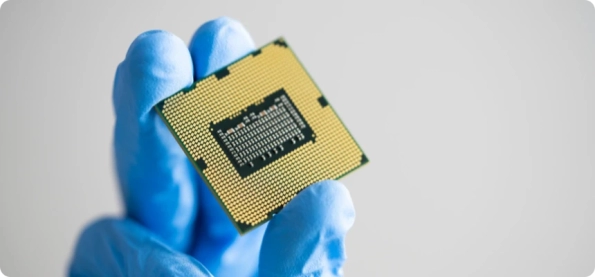
When it comes to tasks that rely on a single core, like web browsing, text editing, or running older software that was not designed to use the multicore aspect of a CPU, the Pentium Silver N6000 gets the lead because of its much higher boost clock of 3.3 GHz, compared to the Celeron N5095’s 2.9 GHz.
However, when it comes to real-world tasks, this mini-quality performance difference will not be something that you could foresee while doing basic everyday tasks.
Multi-Core Performance:

When it comes to multitasking or applications that can utilise multiple cores, the Celeron N5095 is a much better choice compared to the Pentium Silver N6000.
The N5095 has a higher base frequency of 2.0 GHz and a higher thermal design power (TDP) of 15W. This combination allows this CPU to perform much better than its counterpart under load compared to the N6000’s 1.1 GHz base frequency and 6W TDP.
This becomes more apparent in scenarios like video editing, light content creation, or running multiple applications simultaneously.
Benchmark Comparisons
Various benchmarks showcase the close competition between these two processors. In single-core tests like Cinebench R23 Single-Core, the N6000 often takes the lead, but in multi-core tests like Cinebench R23 Multi-Core or Geekbench 5 Multi-Core, the N5095 generally gets the higher score.
However, the differences can vary depending on the specific benchmark and the workload being tested.
Integrated Graphics

GPU Model Comparison:
As the specifications of both CPUs are very similar, the GPUs used in these chips are also very similar, so both processors feature Intel and UHD graphics, which are designed for basic visual tasks and casual gaming.
But when we checked the specification of the N6000 CPU, it features a slightly higher number of execution units (EUs) compared to the N5095 (32 vs. 24), which in theory gives a slightly higher performance benefit when it comes to raw graphics processing power.
Graphics Performance:
In practical terms, the difference in graphics performance between the two is often minimal. Both chips are capable of handling everyday tasks like web browsing, video playback (including 4K), and basic photo editing.
For casual gaming, they can run older or less demanding games at lower settings and resolutions but don’t expect to play modern AAA titles smoothly.
Supported Resolutions and Features:
Both processors support 4K resolution output and include features like Intel Quick Sync Video, which accelerates video encoding and decoding tasks.
Additionally, they support DirectX 12 and OpenGL 4.5, providing compatibility with a wide range of software.
GEEKOM Range of Mini PCs
GEEKOM offers a range of budget Mini PCs built around the N5095 CPU. other than that there are some powerful PCs for lightweight gaming, video and photo editing, and more some of those are listed below.
The Mini Air12 Mini PC is a compact and powerful computer with a 12th Gen Intel Alder Lake N100 processor.
It supports up to 16GB of DDR5-4800 RAM and up to 2TB of storage via its M.2 2280 PCIe Gen 3 x 4 SSD slot.
It offers stable and fast connectivity with WiFi 6 and Bluetooth 5.2 and can support up to three 8K monitors. The Mini Air12 comes with Windows 11 21H2 Pro pre-installed.
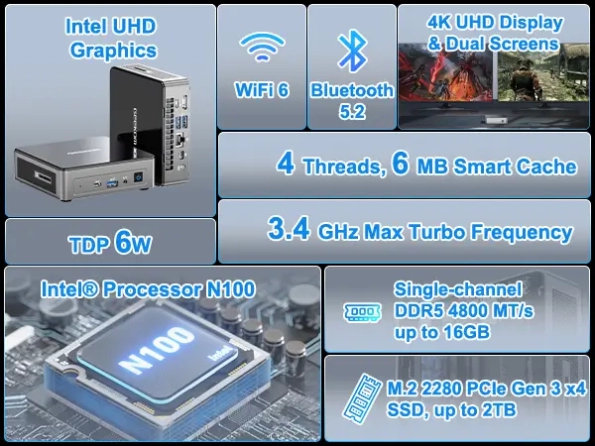
12th Gen Intel Alder Lake N100 processor.
Single-channel DDR5 4800 MT/s, up to 16GB.
M.2 2280 PCIe Gen 3 x4 SSD, up to 2TB.
Stable and fast connectivity via WiFi 6 and Bluetooth 5.2.
Supports 3 monitors, up to 8K.
The GEEKOM AX8 Pro Mini PC is a high-performance mini computer that can be configured with either an AMD Ryzen 9 8945HS or a Ryzen 7 8845HS processor, both with Radeon 780M graphics.
It supports up to 64GB of DDR5 5600MT/s RAM and up to 2TB of storage via its M.2 2280 PCIe Gen 4 x 4 SSD slot.
It features fast connectivity options with 2.5G Ethernet, Wi-Fi 6E, and Bluetooth 5.2, along with a variety of ports for attaching your peripherals.
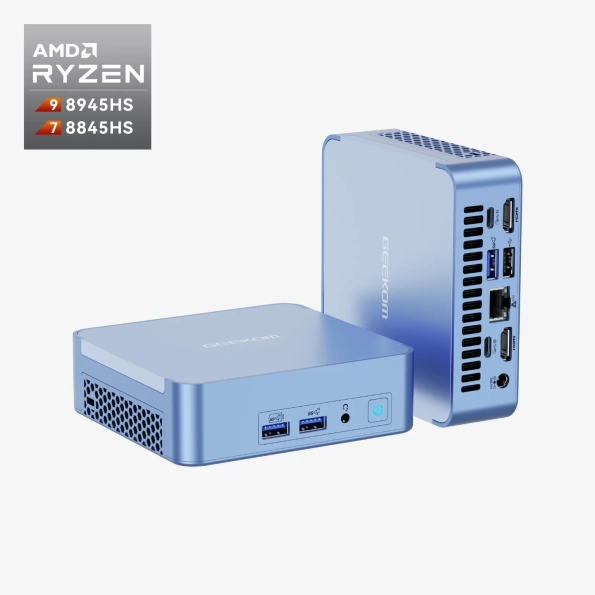
New Arrival!
AMD Ryzen 9 8945HS or Ryzen 7 8845HS.
AMD Radeon Graphics 780M.
Dual-channel DDR5 5600MT/s, up to 64GB.
M.2 2280 PCIe Gen 4 x 4 SSD, up to 2TB.
2.5G Ethernet, Wi-Fi 6E, and Bluetooth® 5.2.
Conclusion
Celeron and Pentium are two types of CPUs with different strengths and weaknesses. Celeron is less powerful and cheaper, while Pentium offers better performance but with higher heat and energy consumption. Ultimately, the best choice depends on your needs and budget.
However, if you are planning to buy yourself a mini PC, then we would encourage you to check out GEEKOM. Our mini PCs not only come in a small form factor but also offer top-notch performance for work, play, and everything in between. Whether you need a portable workstation or a home theatre setup, Geekdom has a mini PC to suit your needs.
We offer a wide range of mini PCs powered by Intel processors, ensuring top-notch performance and seamless multitasking.
Want to know more about Intel: Intel series blog.










